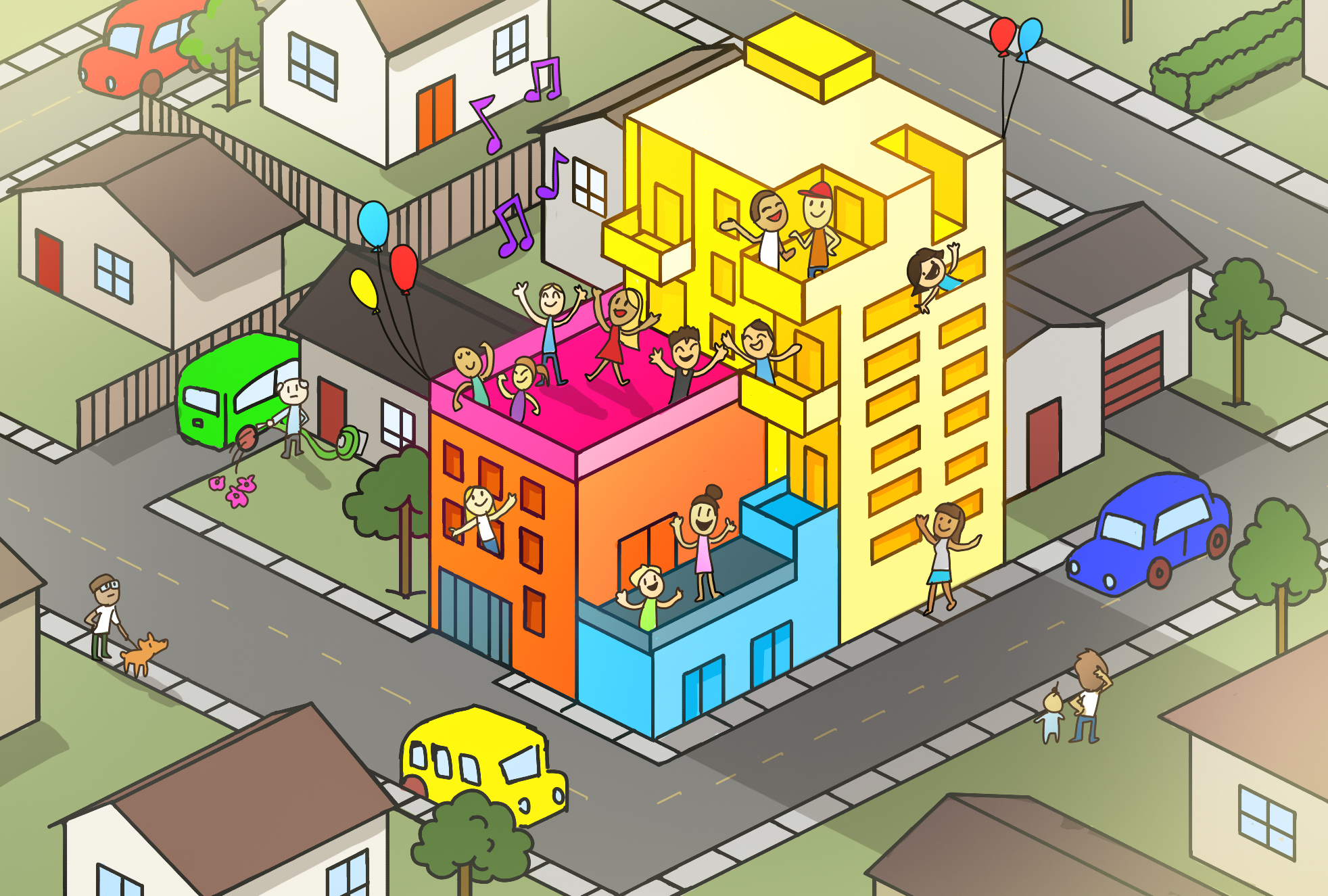Chris Campbell: LA must rezone in order to add housing, accommodate homeless people

(Kelly Brennan/ Daily Bruin senior staff)
By Chris Campbell
April 12, 2016 12:00 a.m.
Los Angeles’ moniker as the homeless capital of America has hung over its head for decades. But now, there may be a narrow path the city can take to remedy that.
Back in February, I wrote a magazine op-ed explaining the importance of government in solving the city’s homelessness crisis and the need for the city council to pass a $2 billion plan to address it. Since then, city officials have voted to fund the plan through a combination of bonds and voter-approved fees.
That’s definitely a step in the right direction, but now the city needs to make sure it will be able to house LA County’s 44,000 homeless people by revamping the way it’s zoned.
Cities use zones to determine what kind of developments can be built in different parts of the city. They’re usually used to control density and segregate residential and commercial districts by restricting the height or type of building allowed in certain zones.
The problem is LA is currently in the midst of a housing crisis, where there isn’t enough housing stock available to meet the demands of nearly four million people. Overly restrictive low-density zoning laws across the city have contributed to the problem by limiting the amount of housing developers can build in those areas.
So while there’s nothing the city can do to guarantee it will end homelessness, failing to rezone low-density residential areas and preventing developers from building more housing will ensure that all its other efforts will fail. The city can’t house homeless people if there isn’t enough housing for them to live in. However, it can take another step in the right direction and relax zoning laws for some of its neighborhoods to allow for more multifamily housing.
The idea is that the city can use some of its $2 billion on subsidies and tax breaks to incentivize developers to build more market-rate housing units. This would improve housing affordability more than price controls or inclusionary zoning requirements would since developers are free to build as much as the zone allows. By increasing the overall supply this way, prices will fall without the shortages associated with mandated affordable housing.
Once the units are built, the city can encourage supportive housing developments for homeless people by applying for block grants from the federal government, which allow the city to incentivize and promote mixed-income housing outside the already-crowded poorer neighborhoods that don’t need any more people. Its current mixed income ordinance, which uses block grants to stimulate affordable housing growth, can be used as a model for implementation.
The city can certainly handle the construction. A cursory glance at the Department of City Planning’s zoning map shows a city with a lot of room to densify, especially in the Mid-City, Westside and San Fernando Valley areas. These areas are relatively wealthy and saw much of their growth during the heyday of car-centric culture in the mid-20th century. Now they’re characterized by single-family homes and a vast street grid.
Certain neighborhoods, like Mid-City and Hollywood, have already seen growth in recent years, so the infrastructure will be better equipped to meet the demands of a bigger population. They also stand to benefit from improvements to the public transit system, and it will be relatively easy to invest in additional infrastructure.
The point of targeting these areas is that rezoning can’t be random. The city will need to zone intelligently. The poorest neighborhoods have historically shouldered most of the development and now suffer from overcrowding. On the zoning map, there’s a lot of red and orange splashed across the poorer East and South sides. Off the map, that red and orange represents buildings crammed with tenants, which negatively affect people’s physical and emotional health. The city will need to better distribute its multifamily housing while addressing the concerns of local residents who don’t want to see their neighborhoods change.
That will be easier said than done because vigorous local opposition to density has influenced LA’s growth patterns. Residents simply don’t want the traffic, noise and crowding that come with large-scale urban development. The city is trying to address their concerns in preparation for a more urbanized Southland. For example there’s a new proposal tax measure to fund public transportation in LA county – on which I’ve already opined. Likewise, the city is currently working through proposals to overhaul parking. School crowding still remains an issue, but the Los Angeles Unified School District needs to address this separately.
But while the city is working to accommodate its needs and keep these neighborhoods livable, residents also need to accept that cities change, and unless LA adds more units to house homeless people, that change is not going to be for the better. Cooperating with the city, instead of fighting with it, will enable the government to properly address its concerns and build a better city for everyone.
There’s already an Affordable Housing Plan on the books encouraging more compact and mixed-use development. That’s all well and good, but the simple fact is that unless the actual zones themselves change, the plan won’t do much good for homeless people or anyone who can’t afford rent.
Solving homelessness in LA will be difficult and will probably take decades, but it will be flat out impossible if there aren’t even enough units to house the people that the city is setting out to help. The city’s already committed to taking solid action against homelessness. Let’s hope they can provide the housing necessary so their efforts don’t go to waste.


